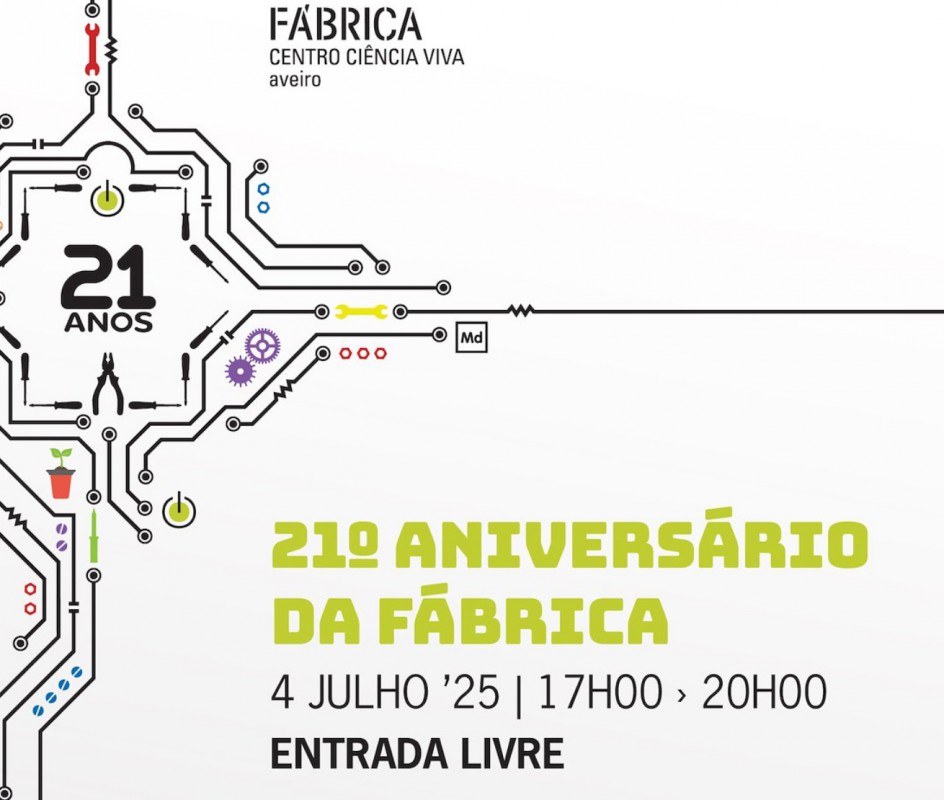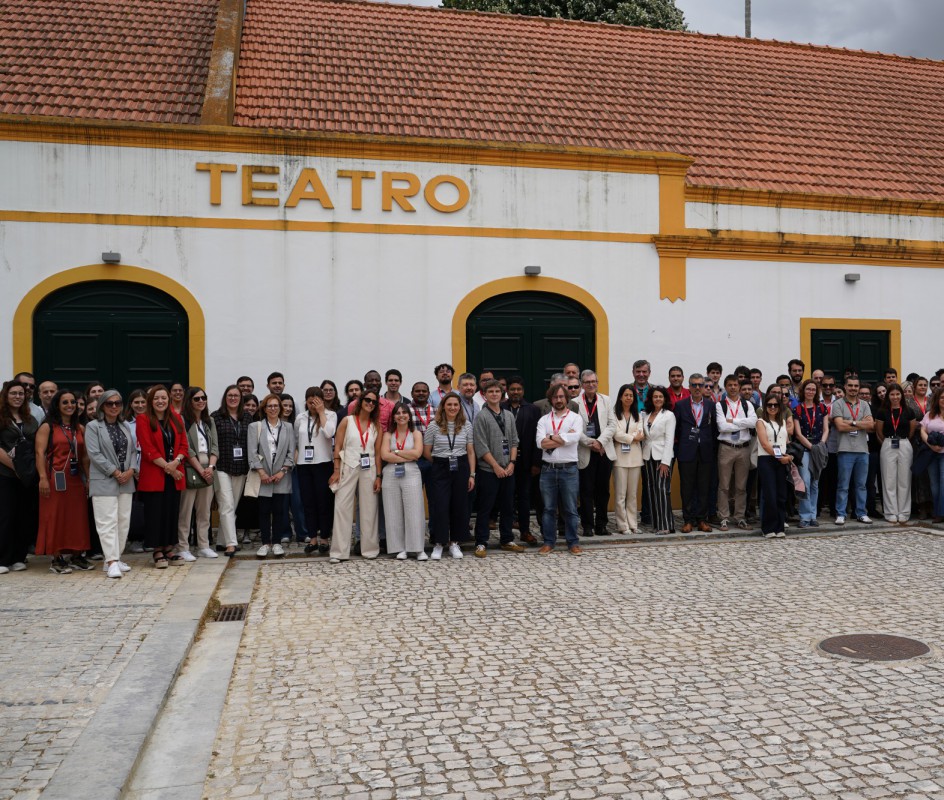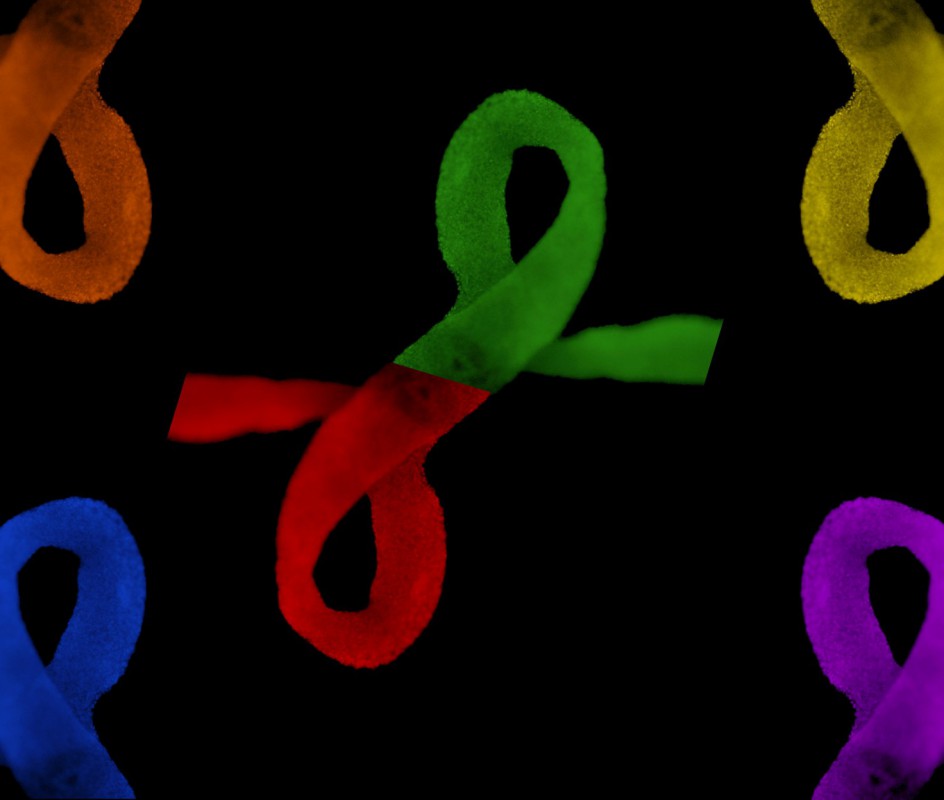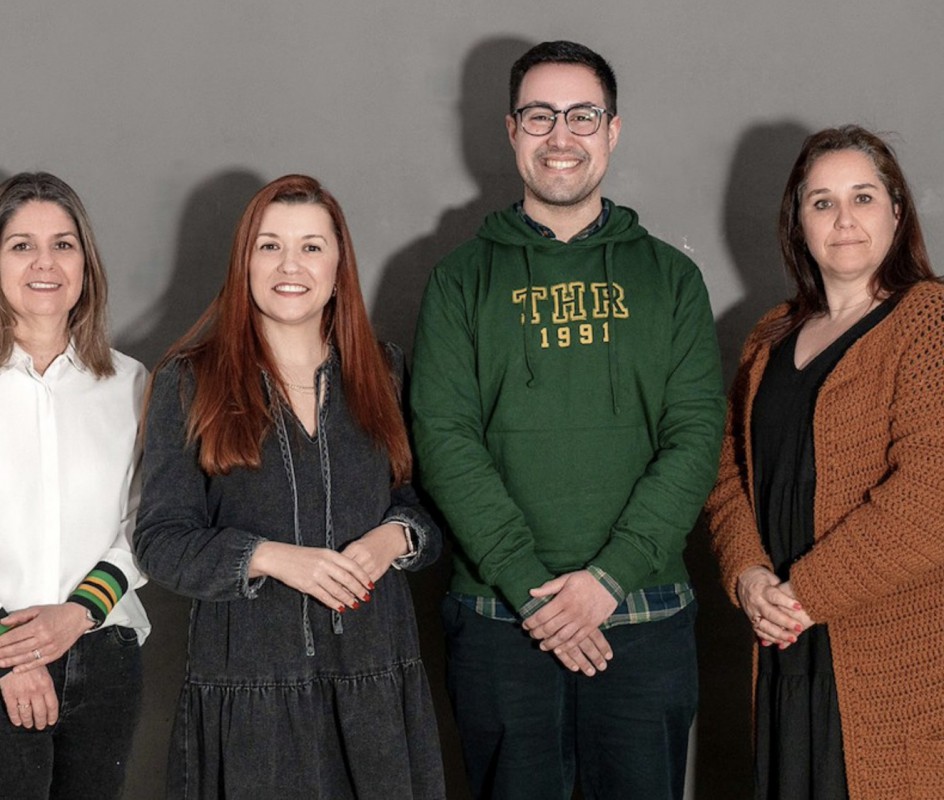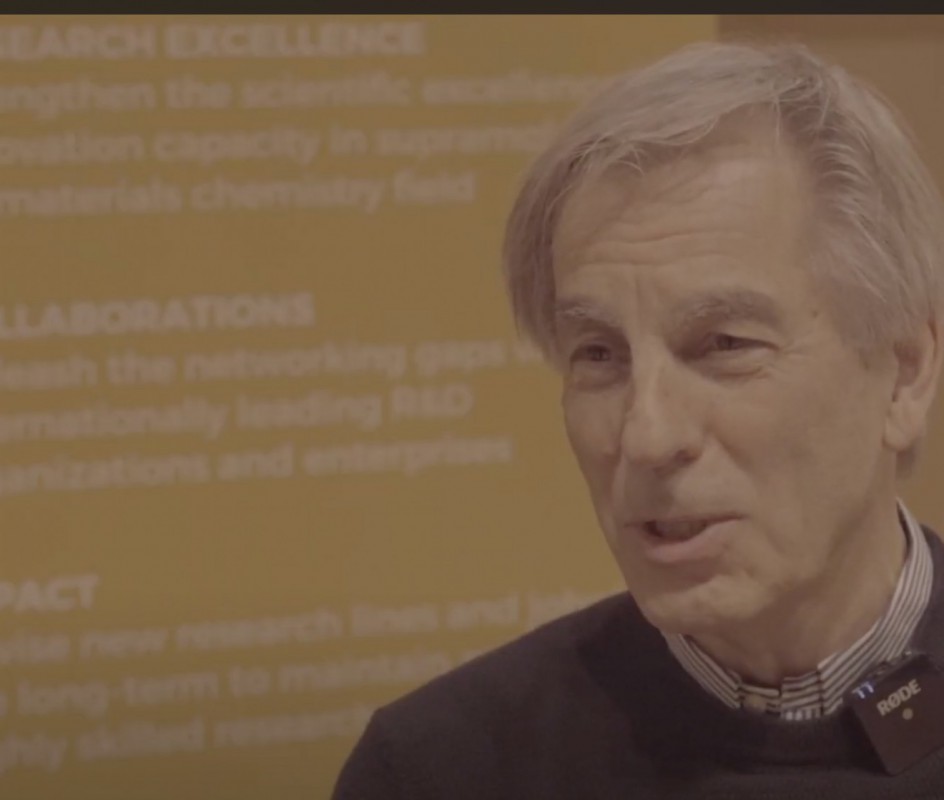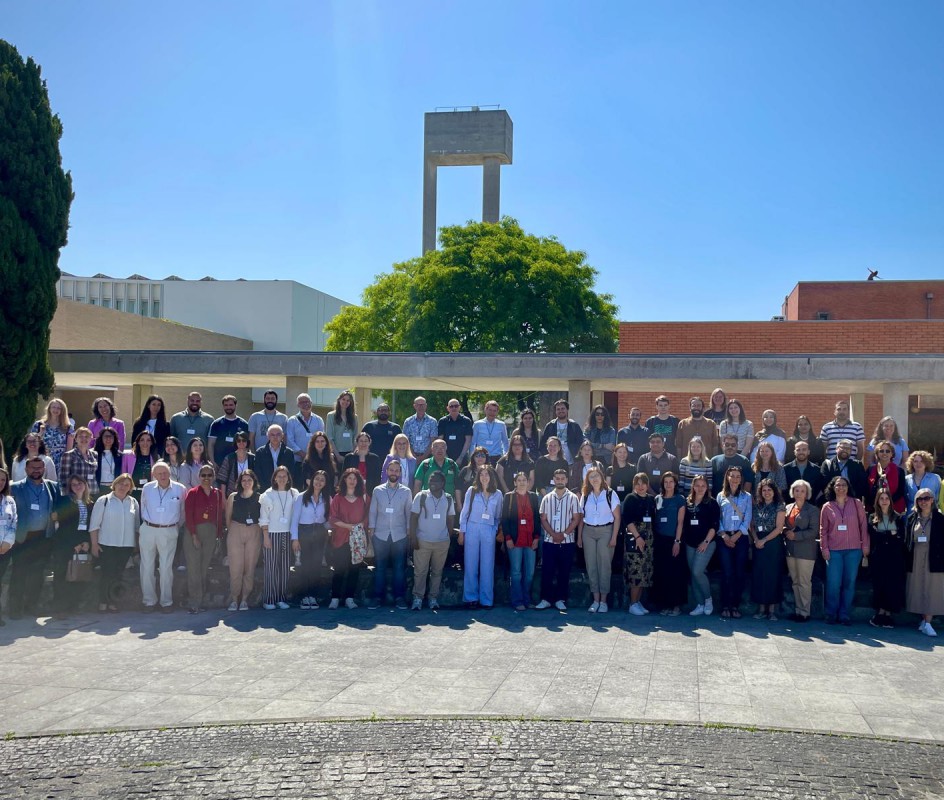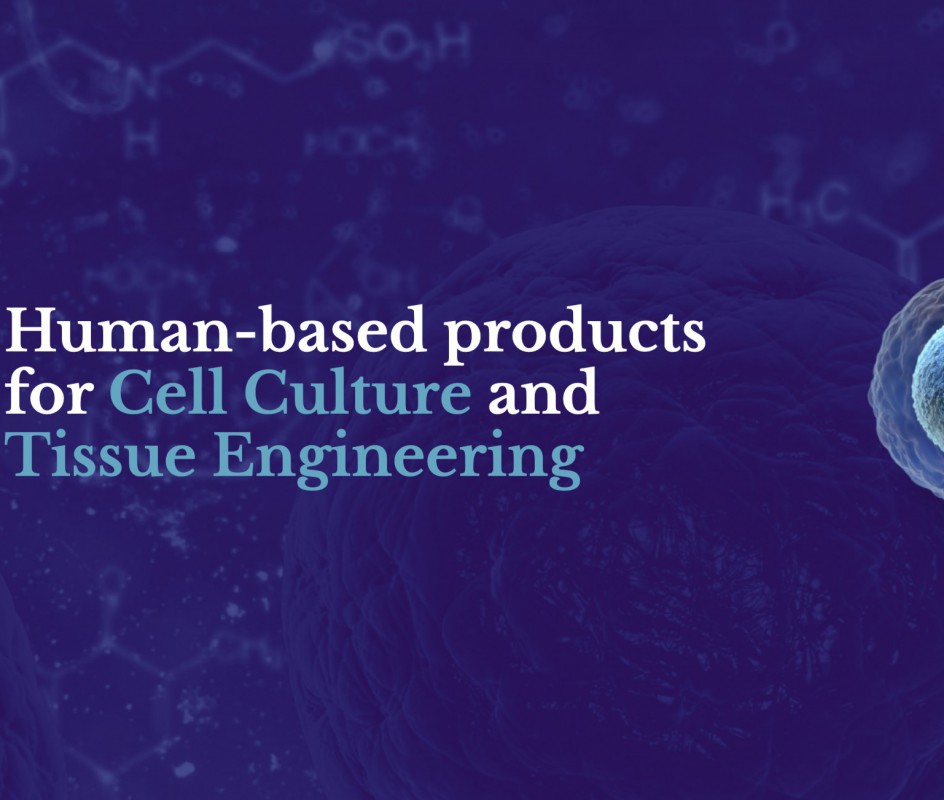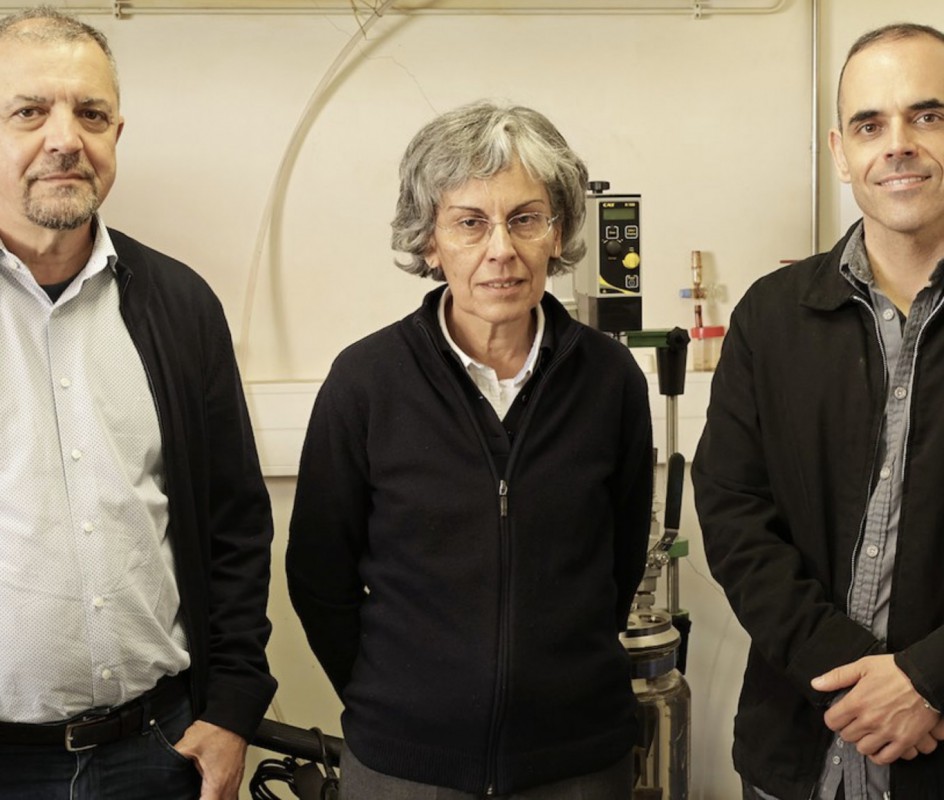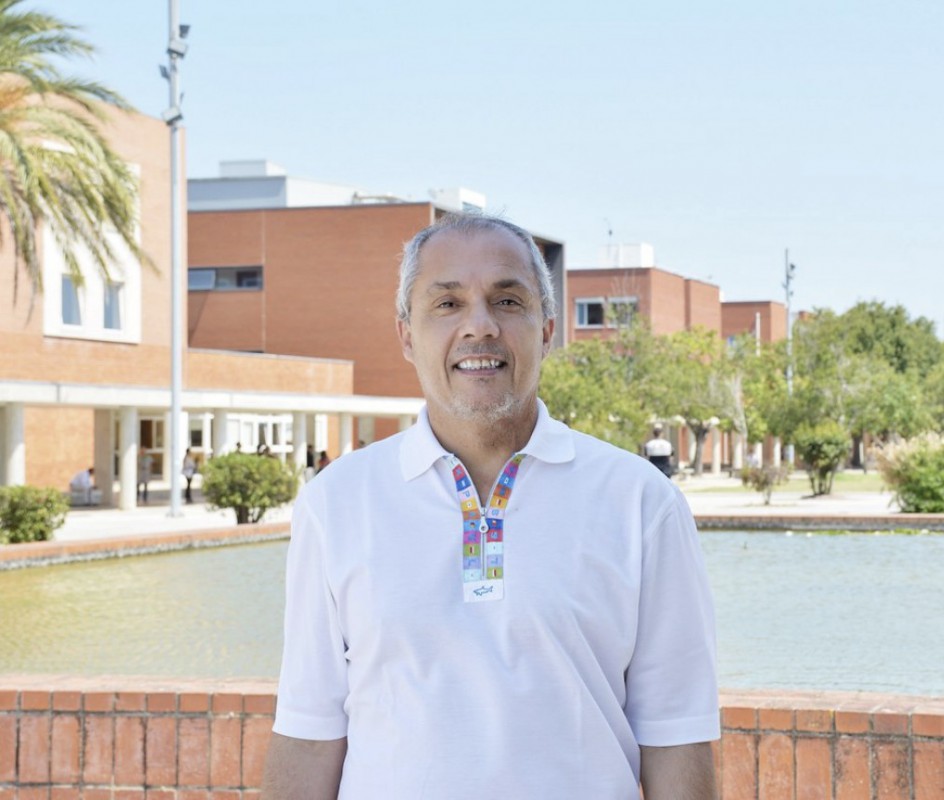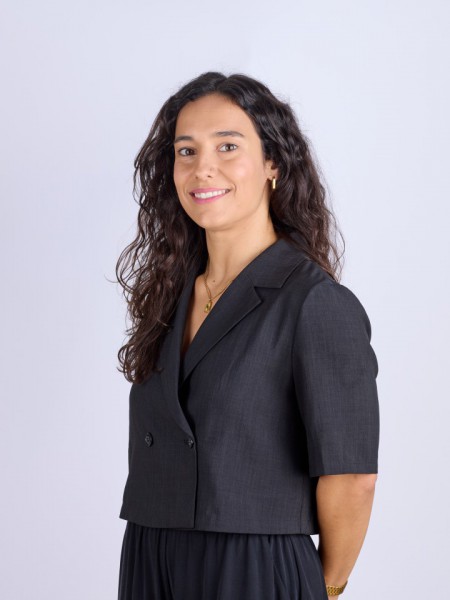
Rita Sobreiro-Almeida, CICECO researcher and part of COMPASS and the Department of Chemistry, was highlighted as a brilliant mind making waves in the field of tissue engineering and regenerative medicine!
The researcher was awarded the TERMIS SYIS-EU 2025 Impact Award—an honor recognizing young researchers whose work creates significant scientific and/or societal impact in the field.
Her research, "Leveraging Blood Components for 3D Printing Applications Through Programmable Ink Engineering Approaches," can be read here, and its video pitch is here.
Rita Sobreiro-Almeida shared this experience with us in a special interview:
What is the TERMIS SYIS-EU 2025 Impact Award?
TERMIS-SYIS stands for Tissue Engineering and Regenerative Medicine Society – Student and Young Investigator Section. It is the largest international community for tissue engineering, bringing together some of the best scientists in the field. The aim of the TERMIS-EU Impact Award is to recognize and reward the scientific and/or societal impact of research in TERM by young investigators in Europe. The call was open to both fundamental and applied research, and evaluated impact at the level of individual publications, ensuring each contribution was valued on its own merits—not based on journal metrics. Thus, this is a recognition of true impact, not just an "impact-factor" award.
What was the experience of creating the content like?
It was, at the very least, challenging! Looking at our scientific content from the perspective of its potential societal impact—and not just incremental science—challenges us to step outside the bubble we live in every day. Also, I had never made a video explaining my science in simpler terms, which turned out to be a fun experience. It forced me to use more appealing phrases and common vocabulary. For the video editing, I had help from one of my students who is quite talented at that and gave me lighting and sound recording tips!
How meaningful are these kinds of initiatives?
These initiatives are very important for giving visibility to the work of junior scientists in the field. It’s a highly recognized award internationally, providing visibility not only to the research and its authors but also to the research centers where it was developed. Moreover, because it’s measured in terms of real-world impact, and not by the impact factor of the journal, it shifts the focus away from traditional “scientific metrics,” instead highlighting the value of the work itself. In my opinion, these initiatives help reduce our dependence on scientific numbers (number of papers, h-index, impact factor, etc.), which is slowly declining in Europe but still prevalent in Portugal.
What advice would you give to other researchers applying in future editions?
It’s simple: ask the right questions! Instead of asking, “How many papers can I publish from this idea?” ask, “How might this product/idea reach people one day?”, “Who and how could someone benefit from this idea?”, “How will this help society?” Even if that future seems utopian today, we never know what might happen! So, let your mind explore uncertain futures! Another important piece of advice: apply! If you don’t apply, then you definitely won’t win…
What are the best takeaways from this experience?
Often in science, we doubt ourselves, and impostor syndrome kicks in. We start questioning whether we are good enough, if our science is good enough, if we’ll ever make an impact, or if our way of doing science can inspire someone. The biggest takeaway from this experience is just that: I must not give up on myself, nor on what I believe in—because at least one group of people looked at my (our) work and thought it was impactful.
There is nothing more rewarding than that.
Related Articles
We use cookies for marketing activities and to offer you a better experience. By clicking “Accept Cookies” you agree with our cookie policy. Read about how we use cookies by clicking "Privacy and Cookie Policy".


